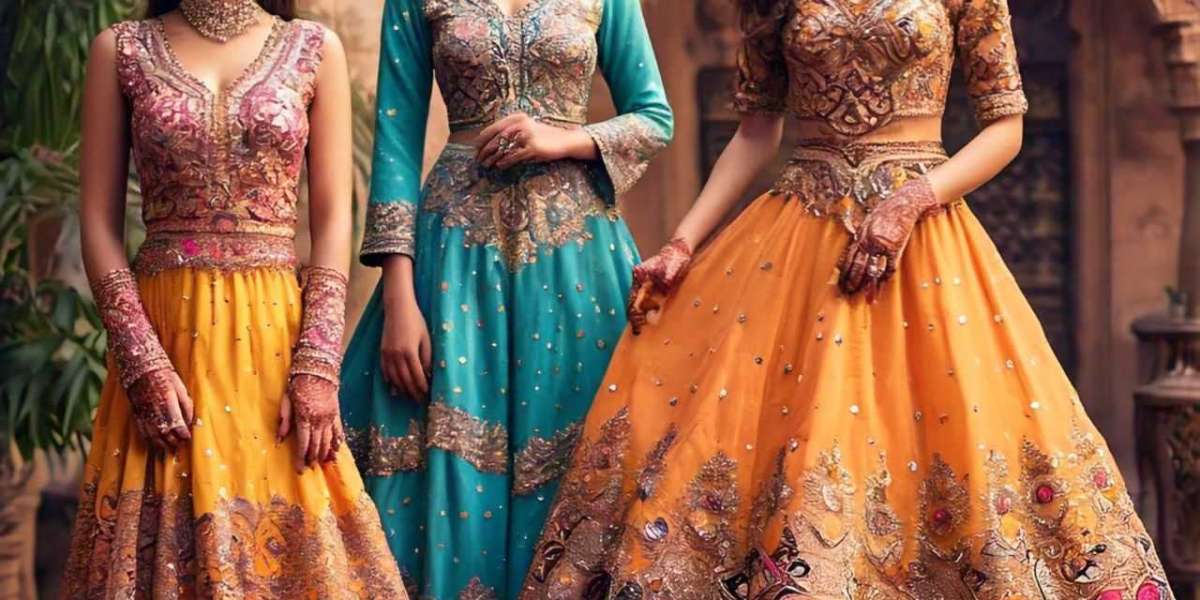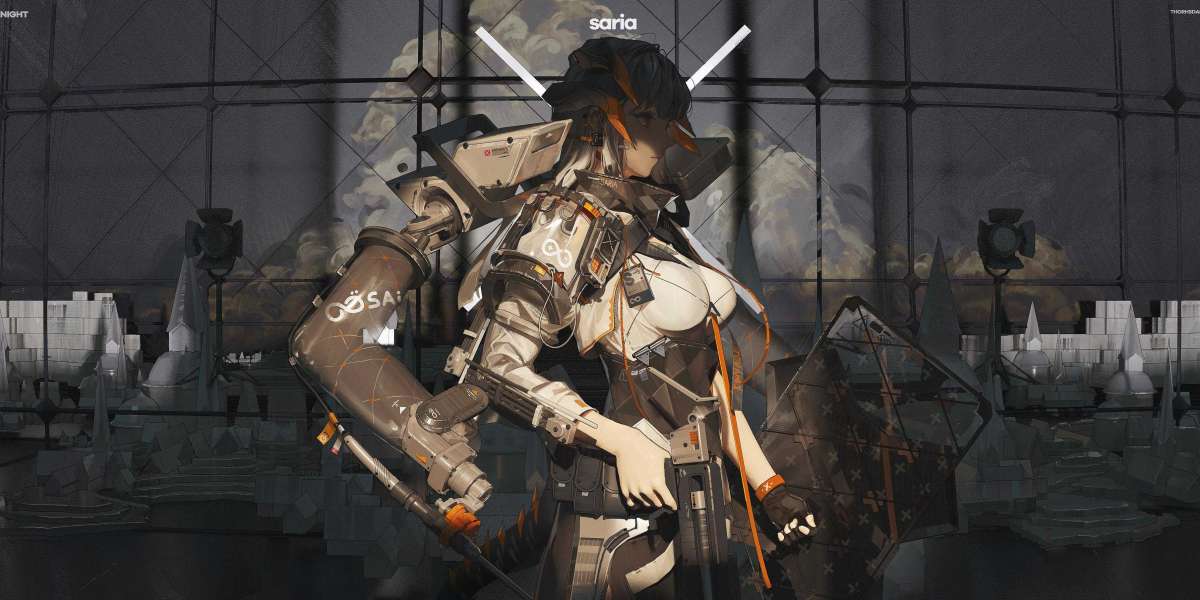The grandeur of Pakistani weddings is celebrated worldwide, and central to this festivity is the exquisite fashion sense embodied by the bride. Pakistani wedding dresses are the epitome of elegance and luxury, reflecting the country’s deep-rooted culture, heritage, and artistry. Whether you’re the bride-to-be, bridesmaid, or a wedding enthusiast, understanding the dynamics of these glamorous outfits can help you create a memorable look.
Why Pakistani Wedding Dresses Are So Unique
Pakistani bridal dresses are renowned for their craftsmanship, intricate embroidery, and timeless appeal. These dresses aren’t just garments; they’re a work of art, often handcrafted by skilled artisans using techniques passed down for generations.
Cultural Fusion in Pakistani Bridal Wear
One of the reasons Pakistani Wedding Dresses are so special is their ability to blend traditional and modern aesthetics. You’ll often find a mix of Mughal-inspired designs paired with contemporary cuts, making these outfits ideal for brides who want something classic yet trendy.
Attention to Detail
From dabka and zardozi work to sequins and thread embroidery, Pakistani bridal dresses focus on intricate detailing. The use of handwoven fabrics like banarsi, tissue, and organza enhances the luxurious appeal of these ensembles.
The Anatomy of a Traditional Pakistani Wedding Dress
Pakistani wedding attire is known for its diversity. Let’s break down some traditional outfits that continue to reign supreme.
Lehenga Choli: The lehenga choli is a timeless bridal outfit. Featuring a heavily embroidered long skirt (lehenga) paired with a blouse (choli) and a dupatta, this ensemble is perfect for brides who want to exude regal charm.
Sharara and Gharara: Sharara and gharara sets are another favorite, especially for brides who prefer traditional silhouettes. While shararas are wide-legged pants flaring out from the knees, ghararas have a fitted section from the waist to the knee, followed by a flared design.
Maxi Dresses: A more contemporary option, the floor-length maxi dress with a trail offers a blend of elegance and modernity. These dresses are often paired with an embellished dupatta for a traditional touch.
Anarkali Suits: The Anarkali suit is a versatile option that works well for pre-wedding events like mehndi and dholki. It features a long, flared frock paired with churidar pants, offering comfort and style.
Key Trends in Pakistani Bridal Fashion
Pastel Shades: Gone are the days when red was the only choice for brides. Pastel hues like blush pink, mint green, and powder blue are making waves in the bridal fashion scene. These soft colors exude sophistication and are perfect for daytime ceremonies.
Minimalistic Embroidery: While heavily embellished dresses are still popular, many brides now prefer minimalistic designs with clean lines and delicate embroidery. This trend is ideal for brides who want a subtle yet elegant look.
Fusion Outfits: The trend of combining Western and Eastern elements is on the rise. From caped lehengas to peplum tops paired with ghararas, these fusion outfits are perfect for modern brides.
Monochrome Looks: Monochrome bridal outfits in shades like gold, ivory, or emerald green are becoming a favorite. These dresses allow the intricate embroidery and fabric quality to shine without overwhelming the look.
Top Fabrics for Pakistani Bridal Wear
The fabric you choose plays a crucial role in your overall look. Here are some popular options:
Organza: Lightweight and sheer, organza is a favorite for creating dreamy, flowy silhouettes. It’s perfect for brides who want a fairytale-like appearance.
Banarsi: Banarsi silk is a traditional fabric known for its royal appeal. Its intricate patterns and rich texture make it a timeless choice for bridal outfits.
Net: Net fabric is commonly used for dupattas and overlays. Its lightweight and see-through quality add an ethereal touch to bridal ensembles.
Key Embellishments and Techniques
Pakistani wedding dresses are renowned for their intricate embellishments. Here are some popular techniques used to adorn these stunning outfits:
Zardozi: Zardozi is a traditional embroidery technique that uses gold and silver threads to create elaborate patterns.
Dabka: Dabka involves hand-stitched metallic embellishments that add a 3D effect to the fabric.
Gota Patti: Gota patti is a type of applique work that uses metallic ribbons to create intricate designs.
Mirror Work: Mirror work is particularly popular in Sindhi and Rajasthani-inspired bridal outfits, adding a touch of sparkle.
Modern Trends in Pakistani Bridal Fashion
While tradition remains at the heart of Pakistani bridal wear, modern brides are embracing contemporary trends that reflect their individuality. Here are some of the latest trends:
Minimalistic Designs: Minimalism is gaining popularity, with brides opting for clean silhouettes and subtle embellishments.
Fusion Wear: Fusion wear combines traditional Pakistani elements with Western styles, such as bridal jumpsuits or lehengas with capes.
Pastel Tones: Pastels have become a favorite for daytime weddings, replacing the traditional red with softer hues.
Sustainable Fashion: Eco-friendly bridal wear is on the rise, with designers focusing on sustainable fabrics and ethical practices.
Final Thoughts
Designer Pakistani wedding dresses offer a dreamy, enchanting look that every bride desires. From traditional lehengas to modern maxi dresses, these outfits cater to diverse tastes while keeping the cultural essence alive. By choosing the right design, fabric, and accessories, you can create a look that will make your special day unforgettable.
Whether you’re planning your own wedding or helping someone else, let these insights inspire you to embrace the timeless beauty of Pakistani bridal fashion. After all, a dreamy look deserves an equally dreamy dress!


